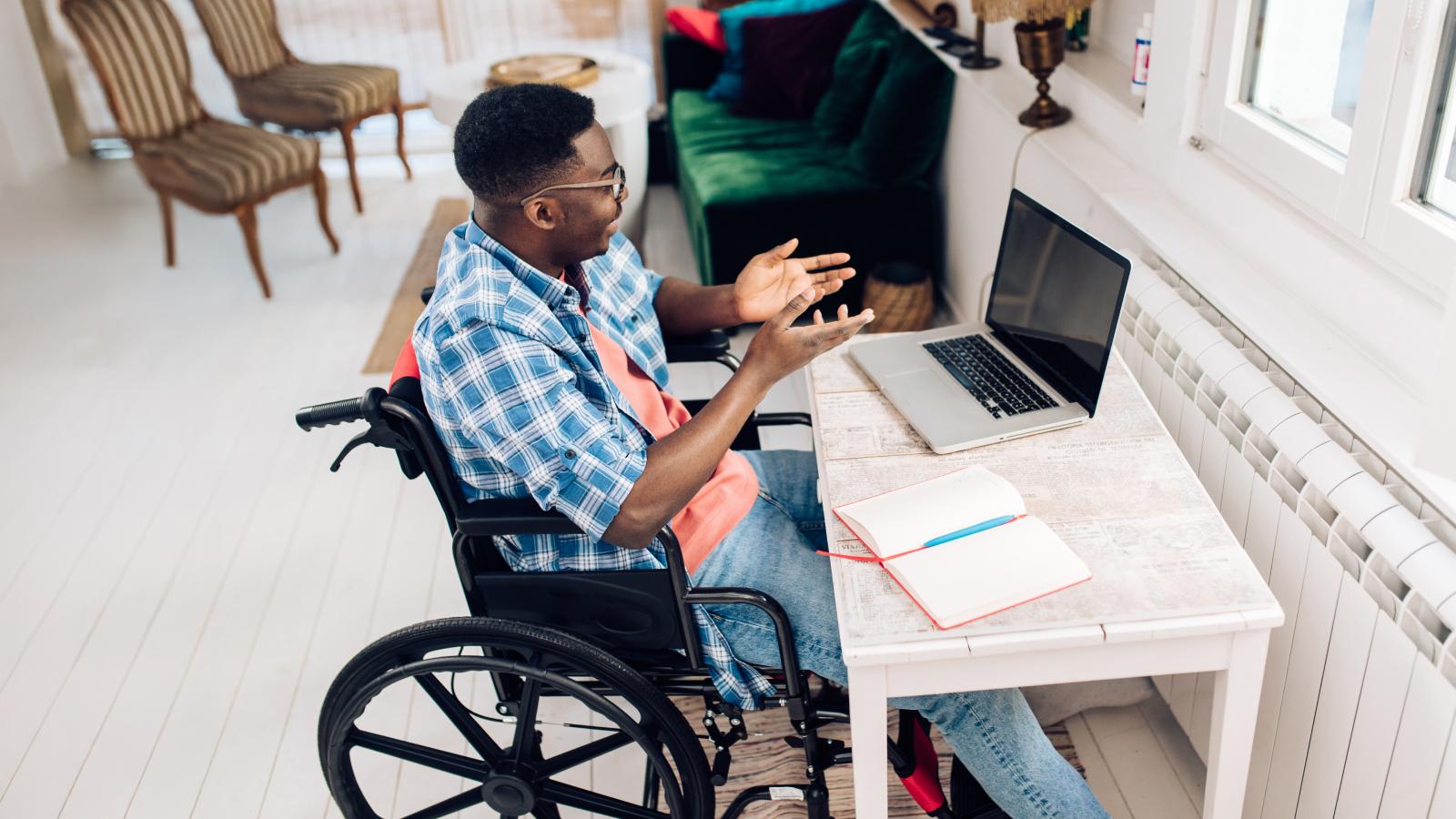Tips for building a disability employee resource group

Employee resource groups (ERGs) can offer a valuable way to bring together communities and promote allyship within your organization. But to optimize their effectiveness, ERGs should have a well-planned strategy that includes mission, objectives, clearly defined roles, alignment with business goals, leadership, and more.
Guardian Edge is your resource for the latest insights on workplace trends
Here are tips to help evaluate your organizational readiness, align impact and mission with business goals, and build allyship to maximize the impact of your disability ERG.
Evaluate organizational readiness
While many companies think that having a disability ERG is the place to start when offering resources for employees with disabilities, if it does not have broad-based business goals and objectives around disability already in place, then it may not be organizationally ready to launch. Review your company’s current objectives and programs around disability to see if there are opportunities for an ERG to align.
Understand the role of an ERG in your organization
While companies may have resources that can directly support employees with disabilities, the role of the ERG is not specifically to support. Moreover, ERGs are generally not accountable cost-centers or responsible for compliance regulations such as enforcing guidelines from the Equal Employment Opportunity Commission (EEOC).
Determine vision, mission, and objectives
Your vision is the big picture of your ERG; the mission defines what your ERG is going to do. Make sure that it aligns with the overall goals of your company and with business priorities and objectives. By building a mission that is connected to your business’s larger goals, you’ll have a greater chance of achieving them.
Early on, your ERG might just have one initiative to focus on. Make sure that the agreed-upon starter initiatives are measurable and defined. You’ll be measuring your success based on whether or not you achieve them, so being realistic is important.
Define roles and get clear on expectations and responsibilities
When establishing the ERG, make sure to define all leadership roles and specify their length of service. Aligning roles with members’ career and professional goals can also be beneficial.
Develop your ERG
After your ERG is established, meet with key leaders in your company, such as a Chief Marketing Officer or a head of Human Resources or Talent Acquisition. Find out what their key objectives and business goals are and then consider ways that disability might be related to these objectives. This can foster executive involvement and align your ERG’s goals with those of your company. See if your ERG can present to different business teams or share further information to develop relationships and alignment.
Build allies through intersectionality
Look to intersectionality and connectivity with other communities or ERGs, such as LGBTQ+ groups, Black employee networks, or veterans’ groups. These commonalities build connectivity with other groups, forging allyship and building mutual success. Disability ERGs can be powerful networks to build community, put disability at the core of larger business objectives, and build allyship and alignment. And remember, keep the individual at the center of your work.
Stay at the forefront
Looking for more research, resources, and insights? Visit Guardian Edge to stay informed of the latest industry trends.
